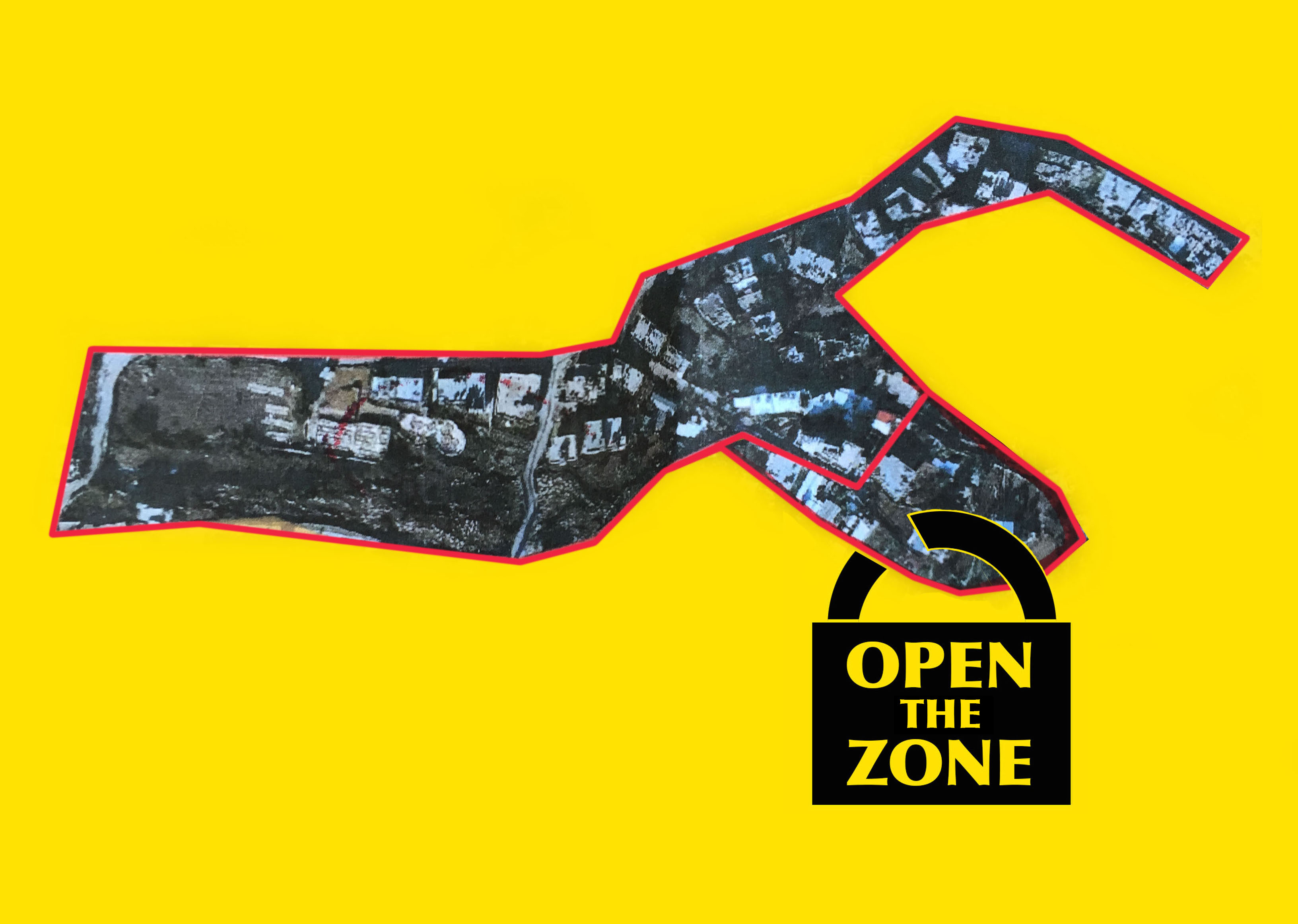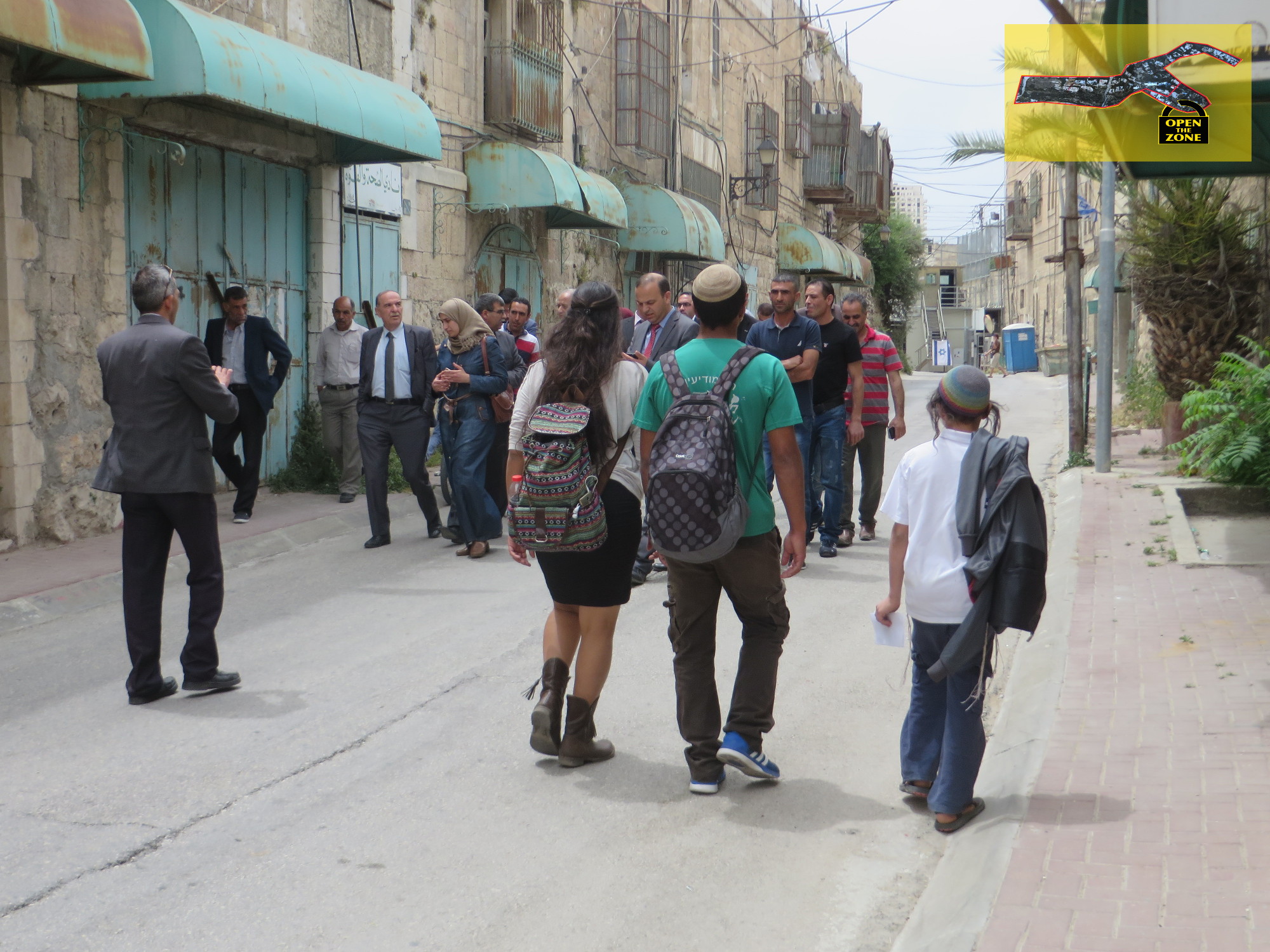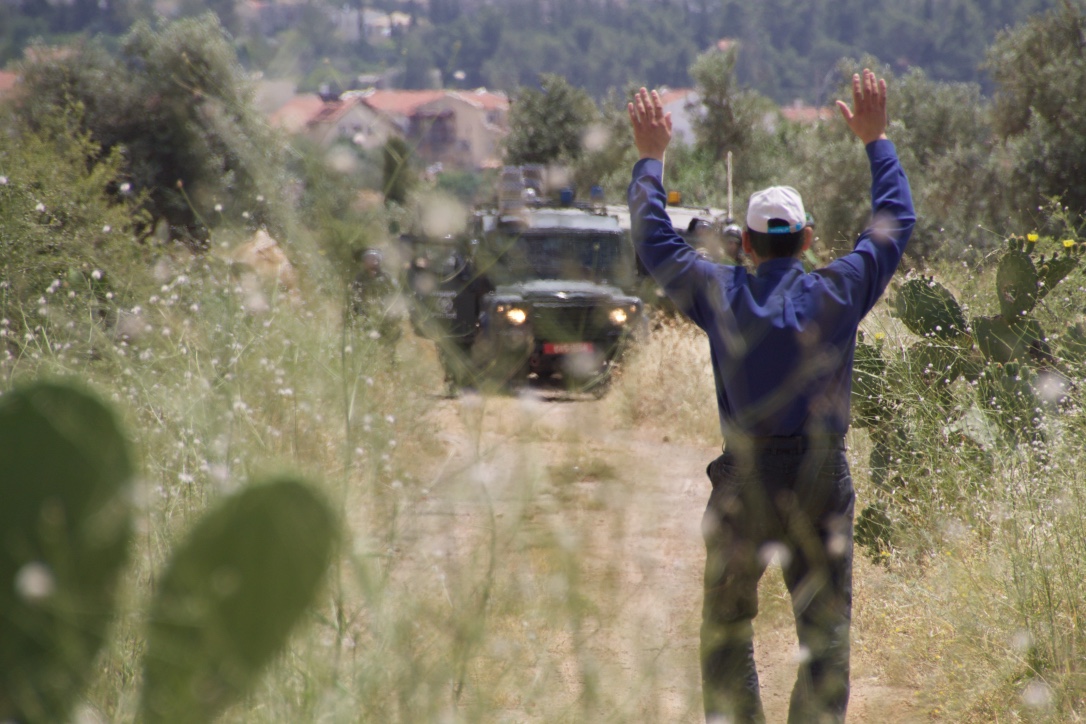-
Open The Zone – twitter storm
10th May 2016 | Open The Zone campaign | Hebron, occupied Palestine Take action to end the closed military zone in Hebron and join our twitter storm and thunderclap campaign! Take a stand against the forced closure of Shuhada Street and the neighbourhood of Tel Rumeida in Hebron. The area has been a ‘closed military […]
-
Open The Zone: municipality delegation visit to CMZ
10th May 2016 | Open The Zone Campaign | Hebron, occupied Palestine Yesterday, 9th May 2016, the Mayor of Hebron and several employees of the municipality of Hebron visited the closed military zone in Shuhada Street and the Tel Rumeida neighbourhood in the framework of the Open The Zone campaign. The delegation from the municipality […]
-
Solidarity visit to Ni’lin: Killings, arrests and invasions as part of the everyday life
“There was a single Israeli army jeep that invaded the village late at night. This was very strange, as usually if the army come, they would come with 10 or more jeeps…“ This is what we were told when we visited Ni’ilin on Friday 6 May, referring to the start of the terrible Israeli incursion […]
Action Alert An Nabi Saleh Apartheid Wall Arrests BDS Bethlehem Bil'in Cast Lead Demonstration Denial of Entry Ethnic Cleansing Farmers Gaza Global Actions Hebron House Demolition International law Israeli Army Jerusalem Live Ammunition Nablus Ni'lin Prisoner Ramallah Rubber-coated steel bullets Settlement Settlers Settler violence Tear-Gas Canister Video



